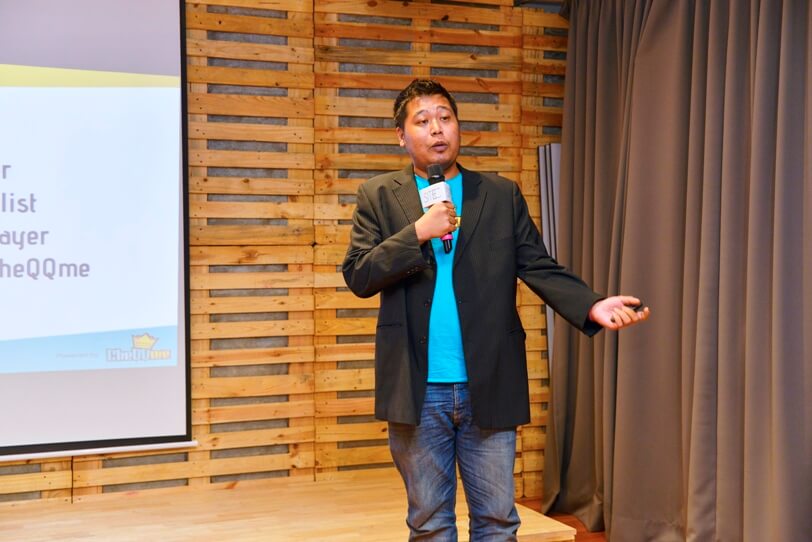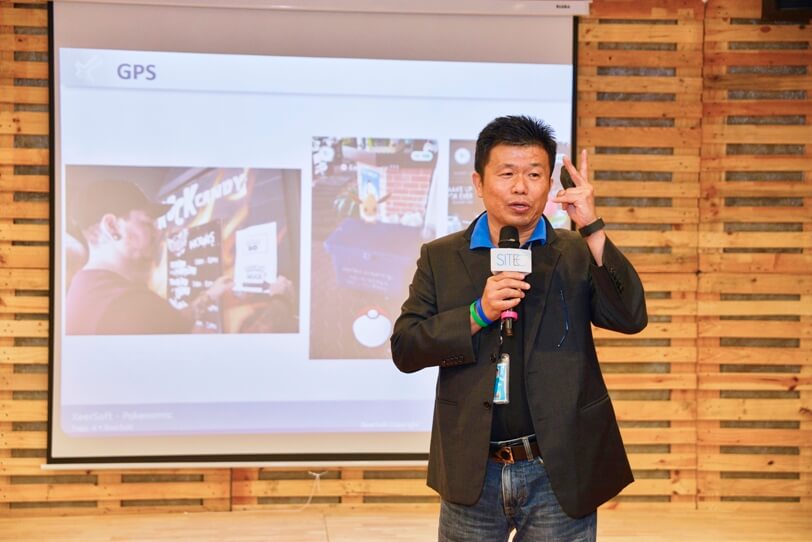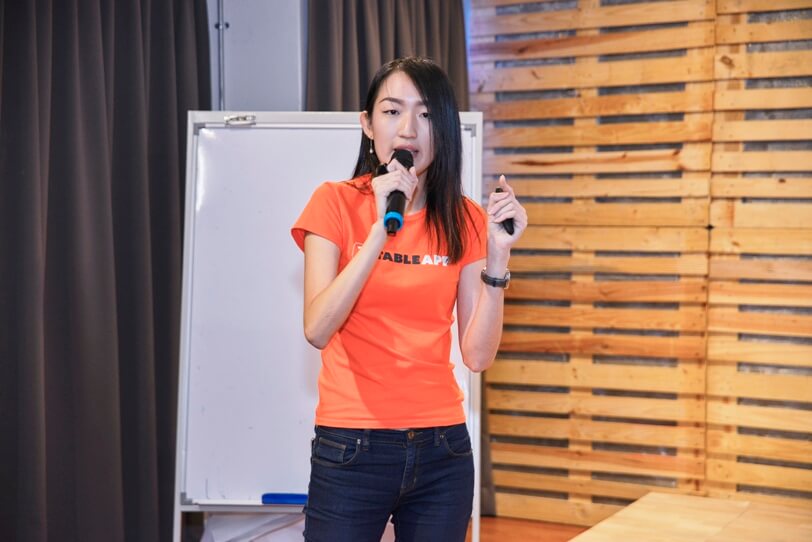The Selangor Information Technology and E-Commerce Council (SITEC), recognising the potential in recent gaming sensation Pokemon Go, invited specialists from the marketing field to speak about how the game can be used to aid in marketing and promotional campaigns, with over 50 participants attending the workshop.
Pokemon Go is a mobile location-based game that allows players to collect characters from the acclaimed Japanese game and animation Pokemon, with Pokemon Go launched in Malaysia in recently in August.
The first speaker was Melissa Chan, the founder of EA Creative, and she spoke about the importance of selecting the avenue that would best reach a campaigner’s target audience, as well as the importance of PR.

Melissa Chan, EA Creative
“There are many avenues for spreading the word about your promotional campaigns, and it is up to you to decide which would best fit your target audience,” said Chan, who also reminded the audience about the importance of providing the right materials to the media (press releases, high resolution photos, and a way to reach those materials quickly).
The second speaker, Amzar Mustazly, spoke about utilising the intricacies of the game as details in marketing campaigns. The product consultant from CheQQme spoke about using gamification to draw players as well.

Amzar Mustazly, CheQQ Me
“Pokestops are not a certain draw to the players, but are more like motivations. More importantly, and easier to leverage, would be to cater to the teams. By providing tailored rewards, or leveraging on locations, businesses can better reach out to the large player base of Pokemon Go. Spread the word of your campaign through the teams’ Facebook pages, the reach is there,” said Amzar.
Another point of note was the revelation of updates on trading and battling, as well as the use of gyms as draw points for players. An example was a campaign where players could redeem rewards upon showing proof that they held a nearby gym.
Wong Wai Kit, the CEO of XeerSoft, spoke about approaching the instincts of the player, and factoring the sense of pride players have in rare/complete collections.

Wong Wait Kit, Xeersoft
“One thing to note about campaigns is player gratification. Campaigns that take note of this, that require players to show a certain number or set of Pokemon, see a stronger trend, as it not only rewards the players, but lets them be proud of their teams or collection,” said Wong.
Wong also reminded the audience to conduct After-Action Reviews of their campaigns to find out the effectiveness of their campaigns, as “conducting a campaign that does not benefit you in any way has no point”.
The final speaker, Leo Wan Yu, reminded the audience of caution and prudence. The marketer from TableApp spoke about upholding the standards and being ready for the potential rush the campaign might bring.

Leo Wan Yu, TableAPP
She reminded the audience that there is no point in running a campaign to boost the brand’s name, but end up with a reputation of shoddy service due to the brand being unable to cope with the influx that happens during the campaign.
“Pokemon Go is here to stay, and it would only make sense to be able to leverage it. Remember to always A/B test, and to tailor your campaigns to your target audience. Considering only 150 of over 700 pokemon have been released in the current game, it is safe to say the game will be around for quite a while,” concluded Leo.
Missed the class?
Watch our FB Live Recording!
